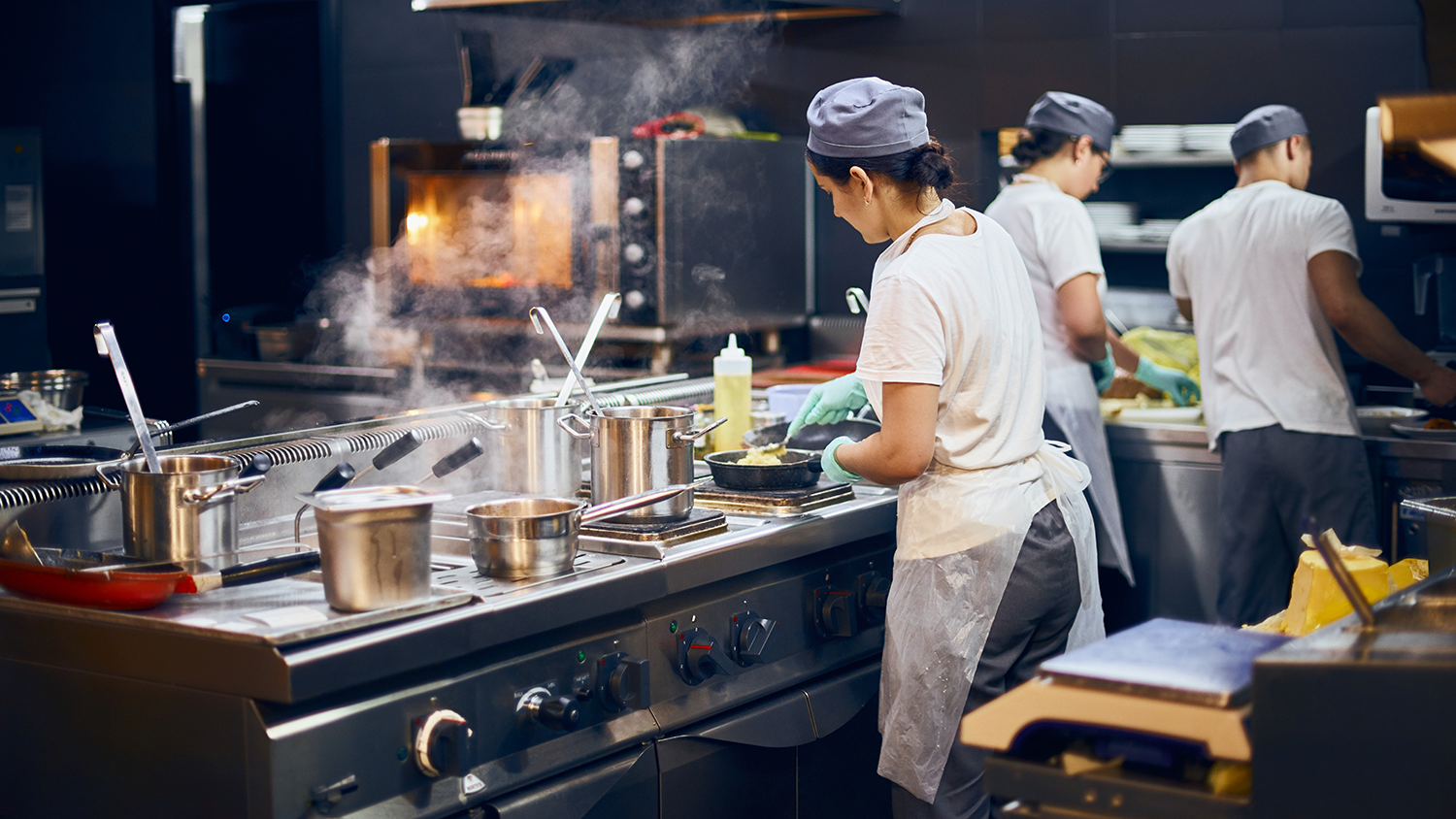By Ellie Gabel, Contributor
Safety is crucial in any workplace, but restaurants face a unique mix of concerns. Like others, bars and restaurants have to take care of their employees. However, they must also ensure the safety of their guests, as foodborne hazards can be dangerous and stem from many areas.
Experienced restaurant owners likely already recognize the need for both sides of restaurant safety. Fewer may realize that they’re connected. You can promote better protection for employees and patrons by focusing on your restaurant’s culture.
Ensuring Food Safety
Food safety is the most obvious category to tackle, as foodborne illnesses affect 48 million people annually in the U.S. alone. As apparent as the problem may be, many restaurants struggle to address it properly.
Over 35% of restaurant owners say training food handler recruits is a major challenge, and it’s easy to see why. Adhering to standard guidelines requires attention to a lot of industry specifics and granular practices. There are specific temperatures to consider, monotonous cross-contamination steps to follow, and variations between different ingredients to remember.
Keeping up with everything can be challenging, especially for new hires in a fast-paced environment. It’s not that you haven’t required staff to follow the right steps, but that getting used to those measures is hard. Consequently, the focus should fall on culture, which is where people miss the mark — 51% of food service professionals have no food safety culture plans at all.
Protecting Employees
Worker safety is a similar issue. Kitchens can be dangerous, but best practices often go by the wayside in the heat of a dinner rush. Many important safety steps take time — a luxury employees don’t always feel like they have.
Consider how National Fire Protection Association guidelines require regular exhaust cleaning to prevent fires. Failing to clean a vent can create fire hazards, but workers are likely to overlook it at their own risk because they feel pressured to focus on customer service instead of taking the time to clean.
There’s a reason why establishments with more complex menus see higher rates of burnout and food safety violations. It’s a matter of culture. Too often do restaurant atmospheres emphasize service and efficiency over safety, ultimately leading to compromises in all.
How Workplace Culture Can Address All Safety Concerns
So, what can you do in response to these trends? The key to protection for both staff and food is emphasizing a safety-first culture.
It starts by showing employees how all safety aspects are related. Skipping food preservation concerns can endanger their own health, too, not just that of diners. This personal stake encourages adherence to your policies. Explaining why certain steps impact concerns — like how temperatures between 40 and 140 degrees Fahrenheit lead to rapid bacteria growth — will similarly help new hires understand their importance.
Your company culture should also prioritize sanitation over efficiency. While it’s good to be quick, don’t penalize slowness to the extent that people feel more pressure to rush than to follow standard safety practices. Streamlining the cleanliness and safety process through automation or an assembly line-like workflow will also help. Making the safest thing the easiest thing makes people likelier to follow such procedures.
Finally, restaurant owners and managers need to lead by example. Studies show a strong example from leadership leads to persistently higher contributions from followers, so any contradiction between your actions and what you require from employees will hinder safety efforts. Reflecting a priority for safety over other concerns in your own work will inspire others to do the same.
Culture Is Critical to Safety
Restaurants must do a better job of protecting their workers and preventing foodborne illnesses. While many focus on specific workplace protocols in both areas, company culture may be the most important factor to consider. Achieving consistent standards of workplace safety is only possible when overall goals, workflows and dynamics put them first.












